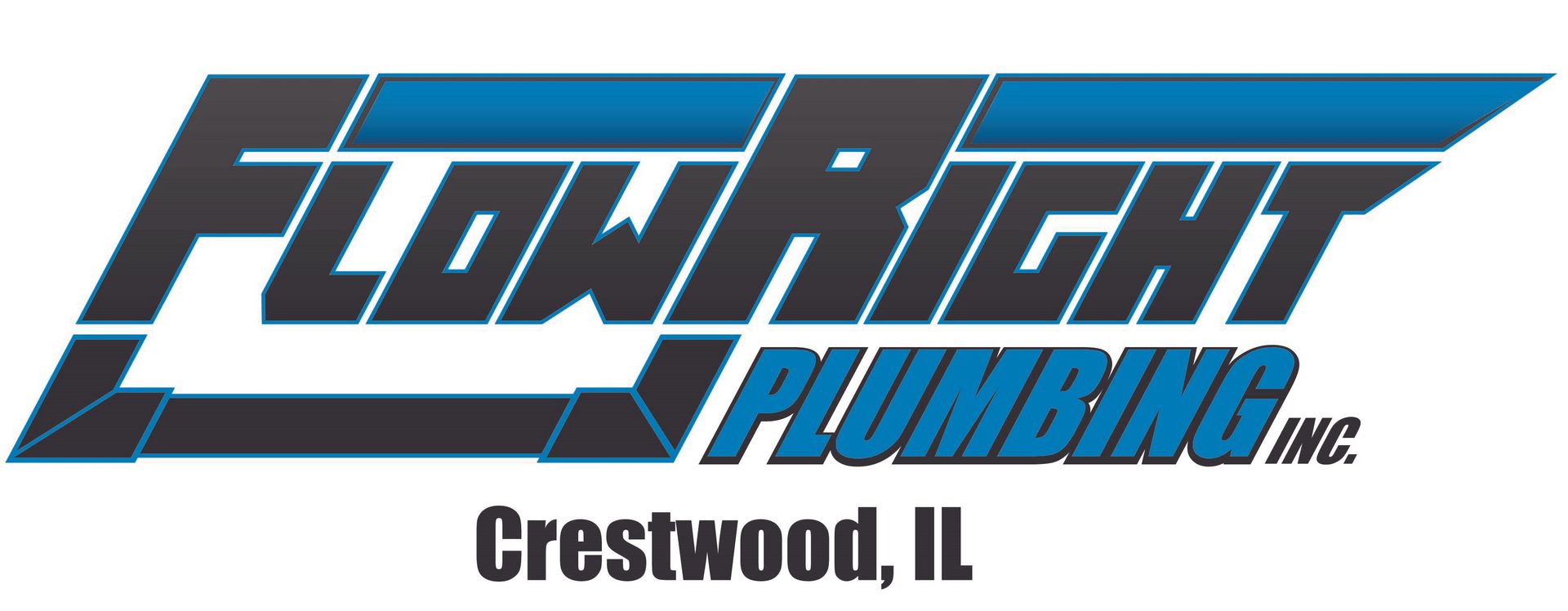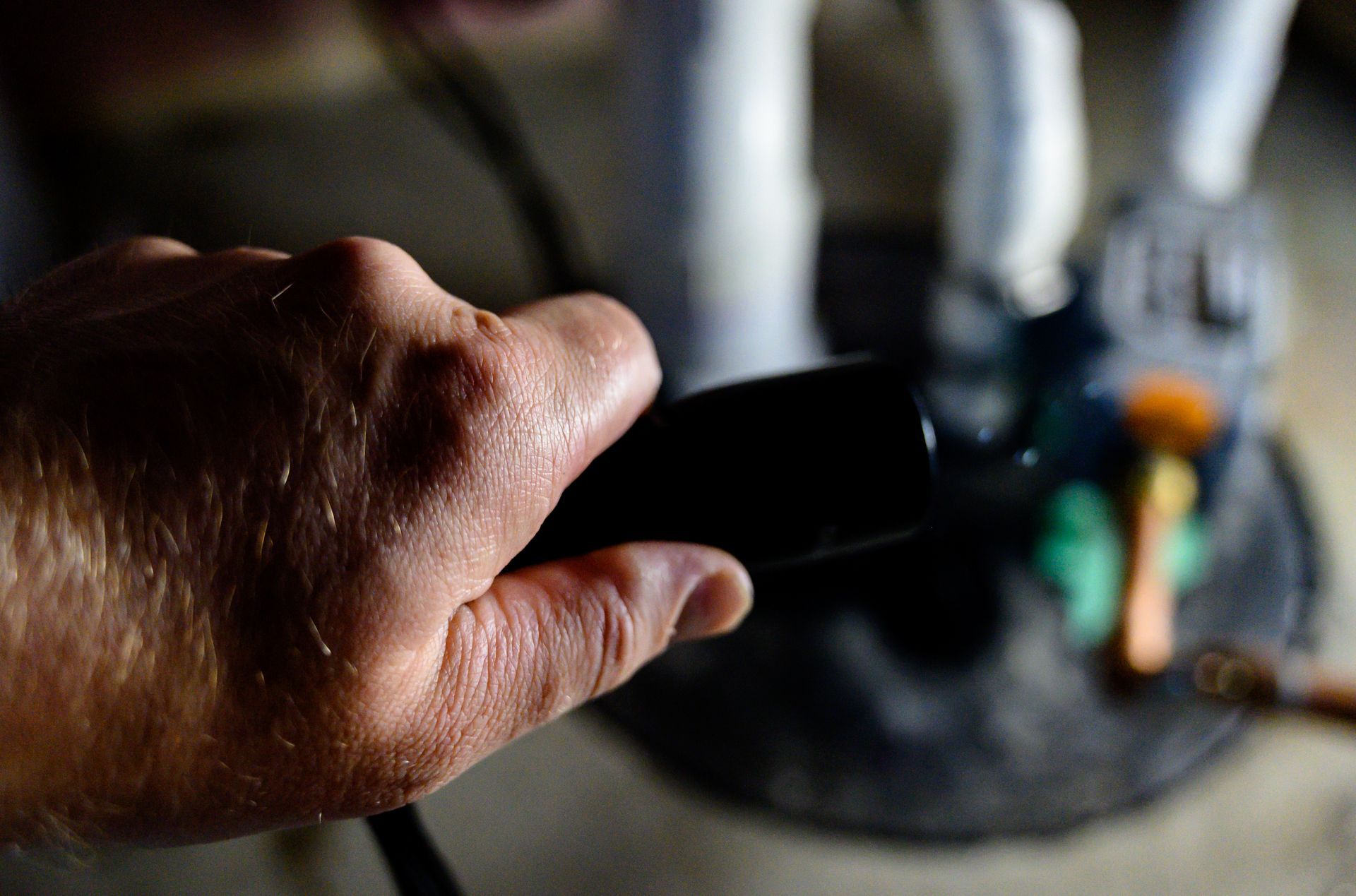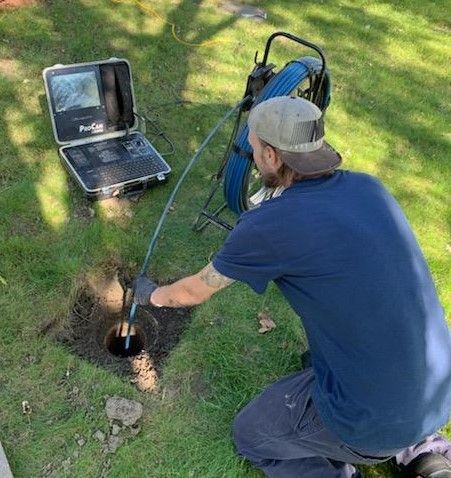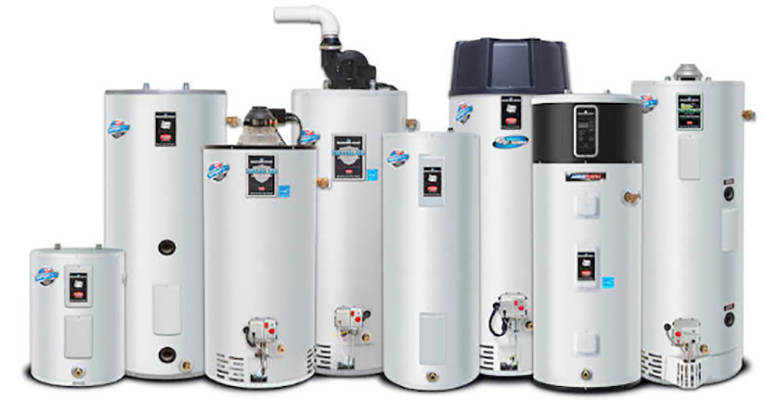Call for Emergency Plumbing Service
Exploring the Key Parts of a Toilet
Unlocking the Mystery: Exploring the Key Parts of a Toilet
The toilet: a ubiquitous fixture found in homes, offices, and public spaces worldwide. We encounter it daily, yet seldom pause to appreciate the engineering marvel behind its seemingly simple design. A well-functioning toilet is essential to modern sanitation and comfort, and understanding its key parts can shed light on the inner workings of this indispensable invention. In this blog, we will take a journey through the anatomy of a toilet and explore its vital components.
1. Bowl: The Throne of Comfort The bowl is the heart of the toilet, the place where everything happens. Made from durable ceramic materials, the bowl is contoured to ensure comfort and proper waste disposal. Its design allows for efficient flushing and cleaning, preventing the accumulation of residue and bacteria. Modern bowls often feature a water-saving design, contributing to eco-friendly practices and reducing water consumption.
2. Tank: The Reservoir of Power The tank, also known as the cistern, is located at the back of the toilet bowl and houses the water needed for flushing. When the toilet is not in use, the tank is quietly refilling, preparing for the next flush. Upon pressing the flush lever, the tank's stored water rapidly enters the bowl, creating a strong force that washes away waste. Over the years, tanks have undergone improvements in design, with dual-flush options becoming popular, allowing users to choose between a partial or full flush, depending on the need.
3. Flush Valve: The Gateway to Cleansing The flush valve is a critical part of the flushing mechanism. It is a rubber or plastic stopper at the bottom of the tank that lifts when you press the flush lever. This action releases the water from the tank into the bowl, initiating the flush. Once the water empties from the tank, the flush valve reseals the tank, preventing further water flow until the next flush is activated.
4. Flapper: The Seal of Integrity Working in conjunction with the flush valve, the flapper is a movable component that covers the flush valve opening. When the flush lever is pressed, the flapper lifts, allowing water to flow into the bowl. After the flush is complete, the flapper falls back into place, forming a water-tight seal. Ensuring the flapper is in good condition is crucial to prevent water wastage due to leaks and to maintain the toilet's efficiency.
5. Fill Valve: The Fountain of Replenishment The fill valve, also known as the ballcock, is responsible for refilling the tank with water after each flush. As the tank's water level drops during flushing, the fill valve opens, allowing water from the supply line to enter the tank. Once the water reaches the appropriate level, the fill valve shuts off to prevent overfilling. Older toilets often used a float ball attached to the fill valve, while modern ones use a float cup or a floatless fill valve that operates on a pressure-sensing mechanism.
6. Flush Handle or Button: The Initiator of Action The flush handle or button is the user interface for activating the flush. It connects to the flush valve, triggering the flushing process when pushed or pressed. Over the years, flush handles have evolved from simple levers to more sophisticated buttons, adding an aesthetic touch to modern toilet designs.
7. Trapway: The Hidden Exit Route Beneath The toilet bowl lies the trapway, a curving pathway that leads to the drainpipe and sewage system. Its purpose is to create a water seal that prevents foul odors from entering the bathroom while still allowing waste to be flushed away effectively. The trapway is typically coated with a glaze to facilitate smooth waste passage and prevent clogs.
Understanding these key parts of a toilet demystifies its operation and enables us to appreciate the engineering and ingenuity that goes into this essential fixture. Regular maintenance and care are crucial to ensure the longevity and efficiency of a toilet, and knowing how these components work together can help diagnose and resolve common issues.
So, the next time you use the toilet, take a moment to acknowledge the brilliance of its design, quietly working behind the scenes to provide us with modern comfort and sanitation. The toilet truly is an innovation that deserves our appreciation.
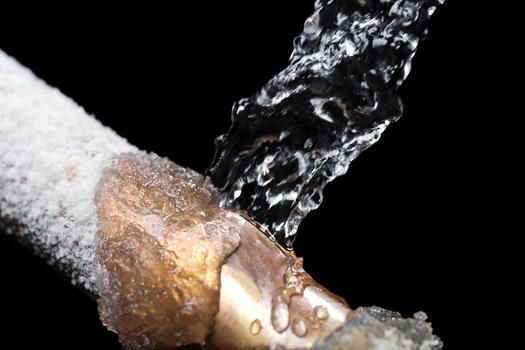
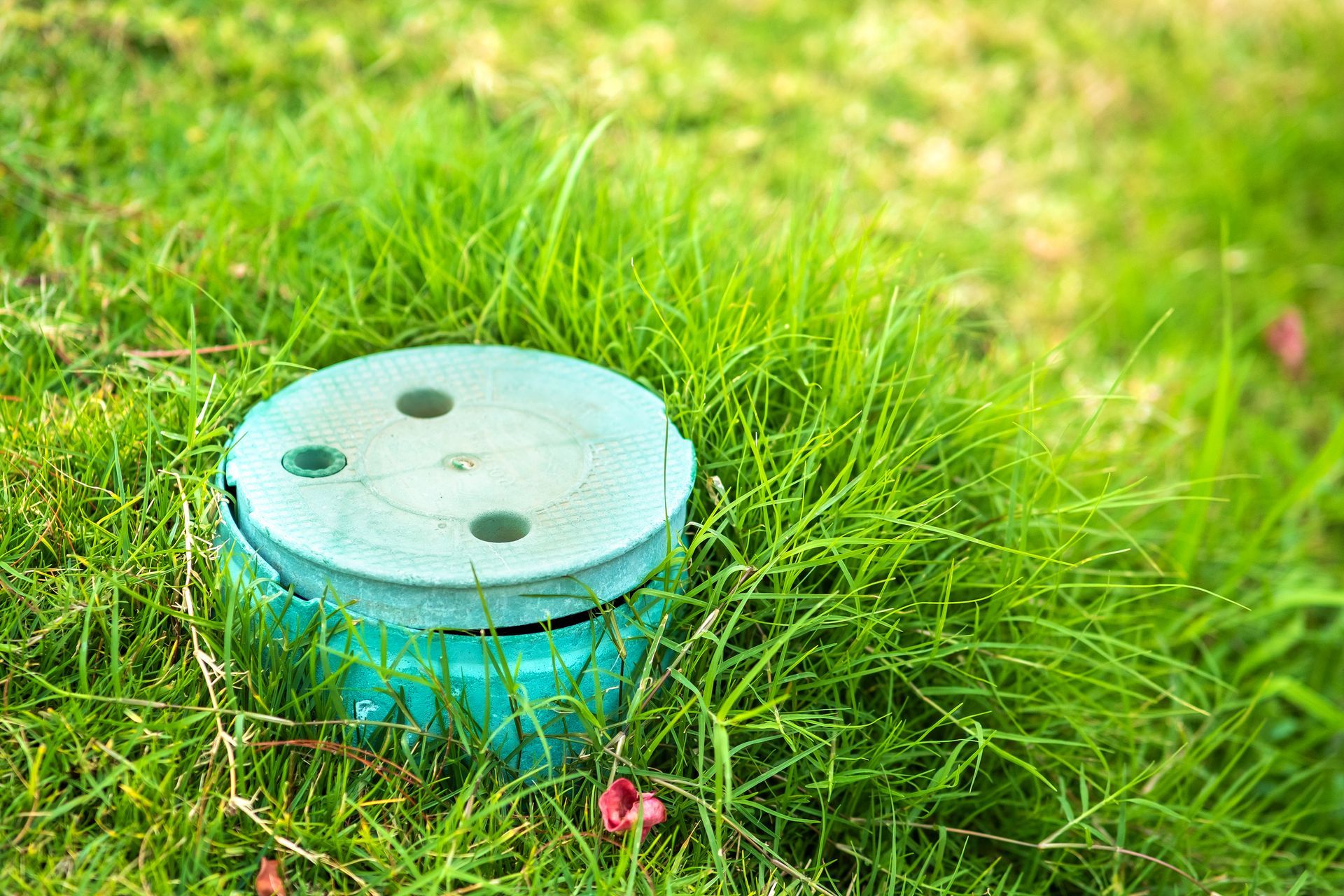
Contact Information
Phone:
For Appointments:
General Inquiries:
Address:
13947 Kildare Ave, Crestwood, IL 60445
Business Hours:
- Mon - Sat
- -
- Sunday
- Closed
24-hour emergency
Contact Information
Phone:
For Appointments:
General Inquiries:
Address:
13947 Kildare Ave, Crestwood, IL 60445
Business Hours:
- Mon - Sat
- -
- Sunday
- Closed
24-hour emergency
Proudly Serving Your Community
We’ve been serving Chicagoland and Northwest Indiana communities for over 15 years!
- Orland Park
- Crestwood
- Tinley Park
- Oak Forest
- Midlothian
- Oak Lawn
- Palos Heights
- Homewood
- Frankfort
- Mokena
- Hammond
- Munster
- Schererville
- Dyer
- St. John
- Orland Park
- Crestwood
- Tinley Park
- Oak Forest
- Midlothian
- Oak Lawn
- Palos Heights
- Homewood
- Frankfort
- Mokena
- Hammond
- Munster
- Schererville
- Dyer
- St. John
